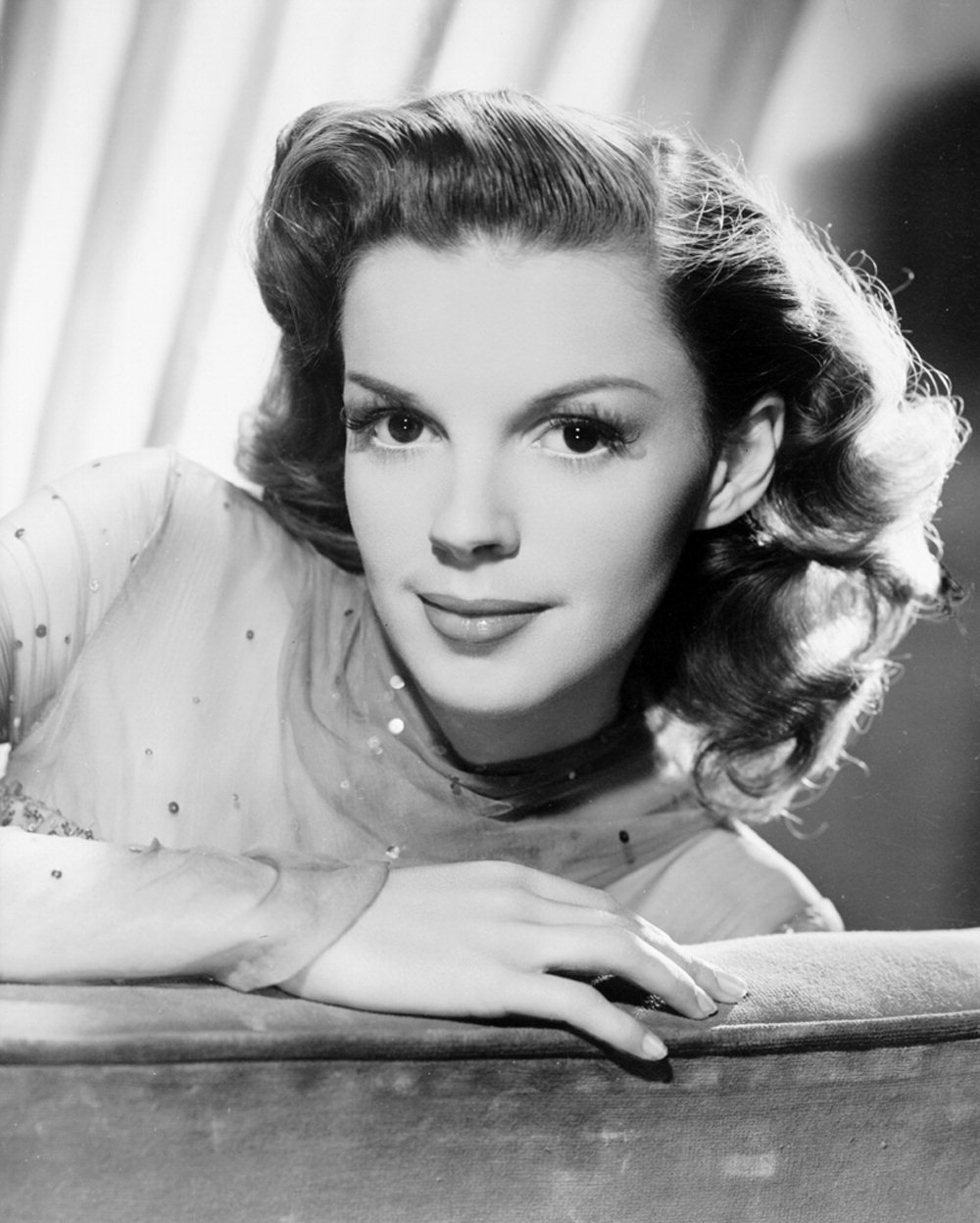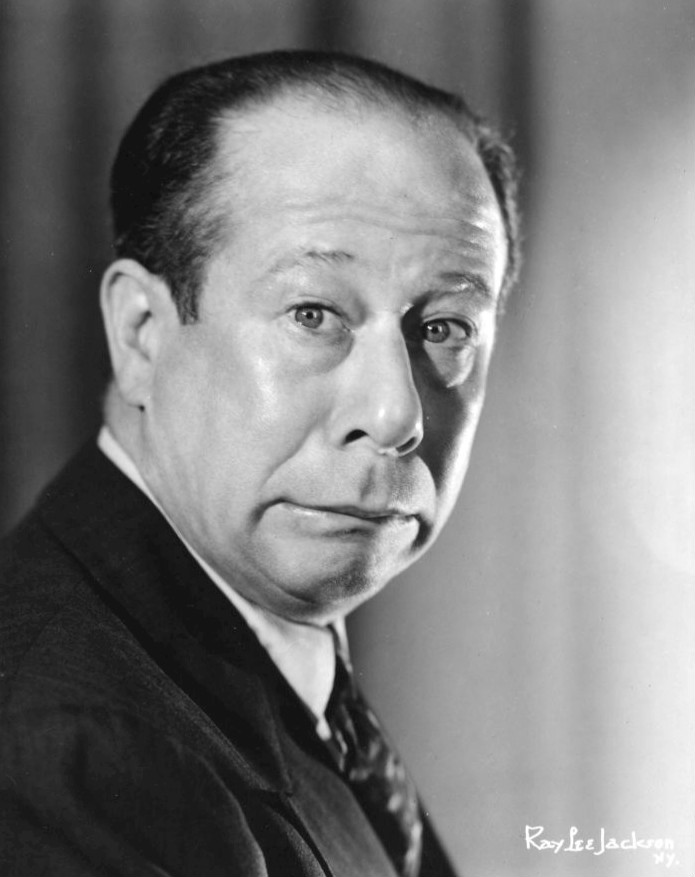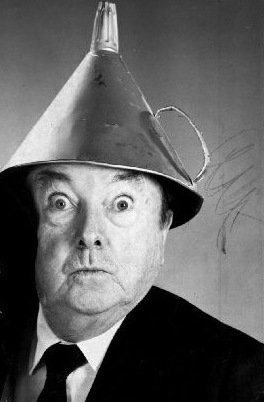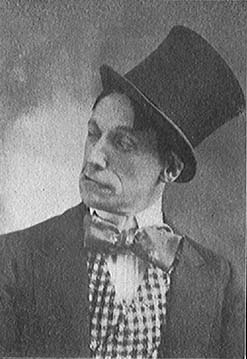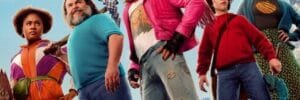Dorothy (Garland) thinks she is lost forever when a terrifying tornado crashes through Kansas and whisks her and her dog, Toto, far away to the magical land of Oz. Together with her companions the Tin Man (Haley), the Scarecrow (Bolger) and the Cowardly Lion (Lahr) whom she meets on the way, Dorothy must follow the yellow brick road to Emerald City and find the mysterious Wizard of Oz if she has any chance of getting back home.
- Based on the novel The Wizard of Oz by L. Frank Baum.
With Wicked now available on streaming, it seemed like a good time to go back and watch the classic film the characters come from: The Wizard of Oz. After hearing some of the mishaps and crazy trivia about this film over the years (there were several directors and scripts; the aluminum dust paint sent the Tin Man –originally played by Buddy Epsen – to the hospital; they wanted Shirley Temple not Judy Garland as Dorothy; the snow was asbestos), it’s kind of amazing to think it got made at all. But is this classic worthwhile, or are we just remembering it through a nostalgic Technicolor?
Judy Garland leads the cast in The Wizard of Oz. Just 16 during filming, she seems much more mature, and seems actually a bit old to play a child (which makes sense when the script was written with Shirley Temple in mind). Still, after a rocky start playing a brat on the farm, she really comes into her own in the land of Oz, and delivers a compelling performance. She is the heart of the film, and she runs with it. And her singing, especially during the classic song “Over the Rainbow” is impressive.
The rest of the cast is pretty good too. Ray Bolger is the most fun as the Scarecrow, as his floppy walking style really makes his character unique – and imitates how malleable a scarecrow actually is. While Buddy Epsen was originally going to play the Tin Man, his hospitalization forced the filmmakers to hire a replacement, and Jack Haley takes over with aplomb. Brett Lahr, as the Cowardly Lion, also turns in a fun performance, hamming it up for laughs in his solo “If I Were King of the Forest” number. The rest of the cast – including Frank Morgan as the Wizard, Margaret Hamilton as the Wicked Witch of the West, and Billie Burke as Glenda the good witch – all turn in fun performances, with only Hamilton playing directly to the audience.
The story is simple in The Wizard of Oz. Based on the children’s book by L. Frank Baum, it’s basically a dream scenario after a farm girl is knocked out in a tornado. Her imagination brings her to a fantasy land, where all the characters she knows play a part in a journey of self-discovery, bringing her to become a better person because of the experience. It’s simple, but it does the trick.
While the book may be good, The Wizard of Oz takes full advantage of the cinema experience by using black-and-white to color in the best way possible. In the beginning, the farm life in Kansas is shot completely in black-and-white, with most viewers these days kind of expecting it – the film was made in 1939 after all. Then, when Dorothy enters the Land of Oz, suddenly the film transitions to color, and the impact of seeing Oz for the first time is impressive. That transition really brings Oz to life for the viewers, and even to this day, it’s a wonder to behold, and still holds up as the best black-and-white to color transition ever seen on film.
The special effects have aged quite a bit since The Wizard of Oz was initially released, however, they haven’t aged as badly as one might think. Sure, they look a bit cheesy at times (Glenda’s bubble transportation for example), but in a film where a girl, a lion, a tin man and a scarecrow are singing together, most won’t be expecting realism. Since it’s a fantasy setting – and the Munchkins and other residents of Oz are dressed up in attire that will remind viewers of the over-the-top goofiness of How the Grinch Stole Christmas (2000), even the cheesy effects don’t really feel out of place.
The biggest oddity of The Wizard of Oz, however, is in how dangerous shooting this light-hearted film actually was. Despite the gaiety shown, the working conditions seemed to have been miserable, and with what has been discovered since, mostly avoidable. In a time when most film sets are safe as they can get (with the notable exception of Rust), hearing the wild stories about people being sprinkled with asbestos or hospitalized for the aluminum dust in their face paint, it’s almost inconceivable (to coin a term from a different film) the craziness this cast had to endure to make this film.
Nearly everyone has fond memories of watching The Wizard of Oz growing up. With its classic soundtrack, amazing use of a black-and-white to color transition that really makes the fantasy aspect pop, and a strong cast, this has stood the test of time. While the situations behind the camera seemed irrationally dangerous, the on-screen antics in this light-hearted romp will keep viewers smiling, despite its obvious age.












